from 0 review
10 days
Up to 0 days
Unlimited
___
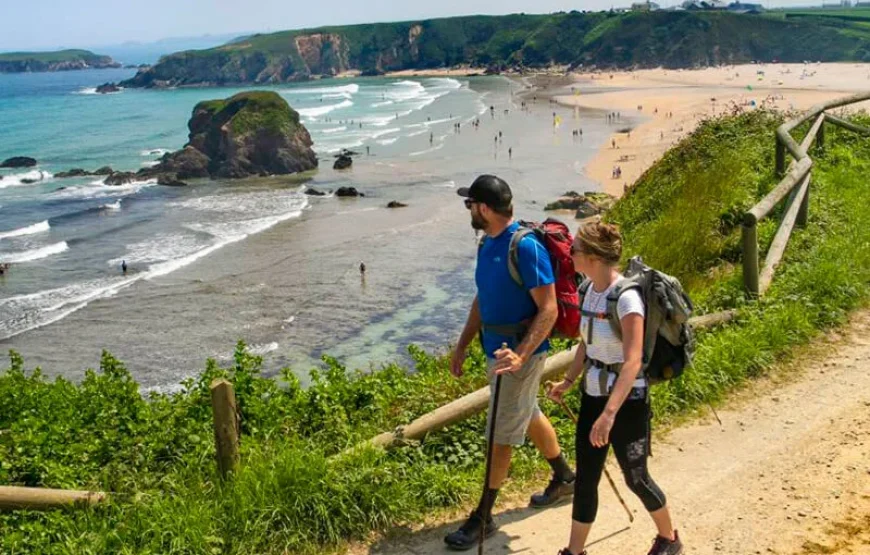
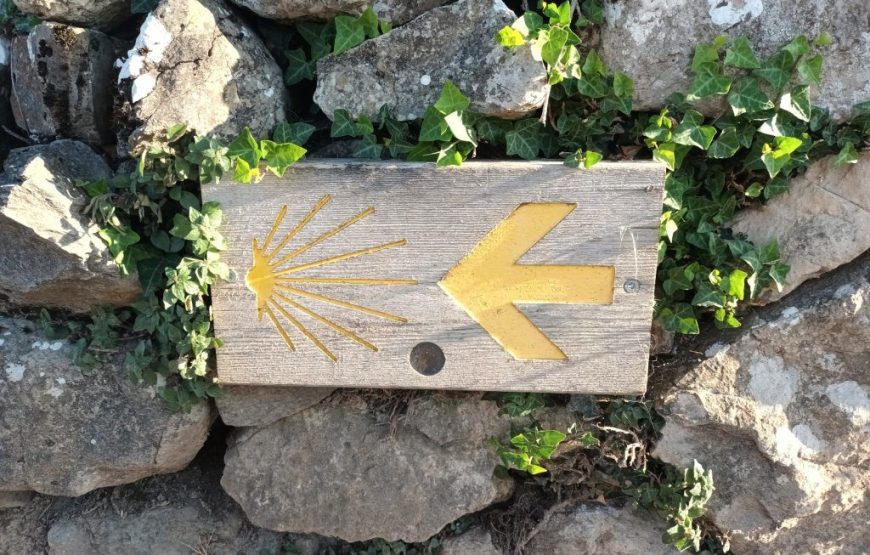
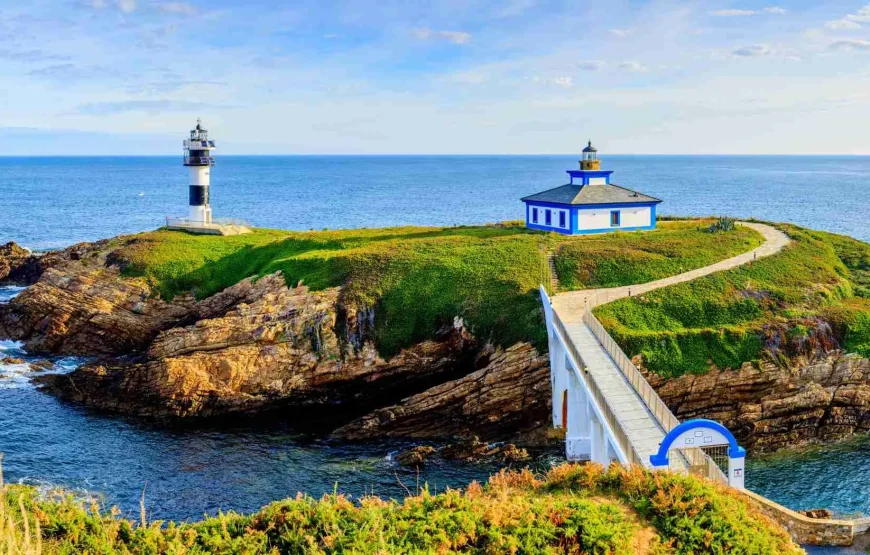
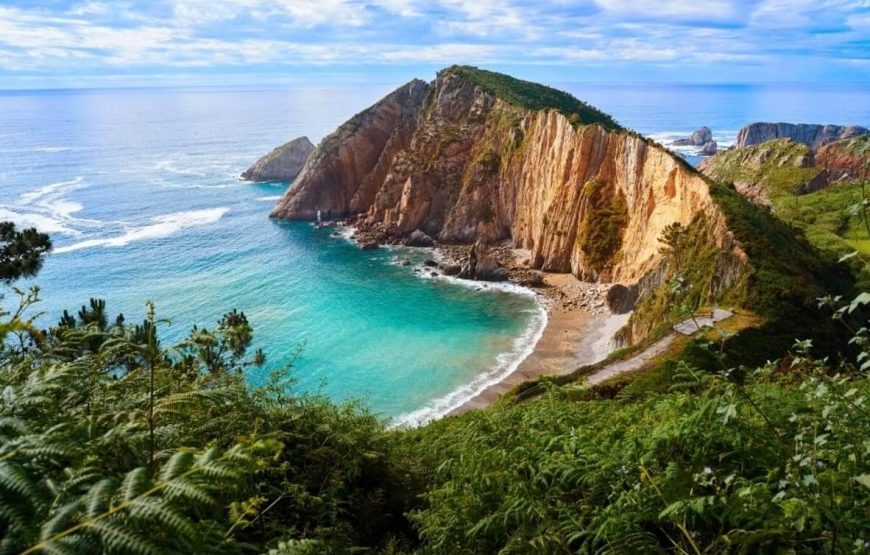
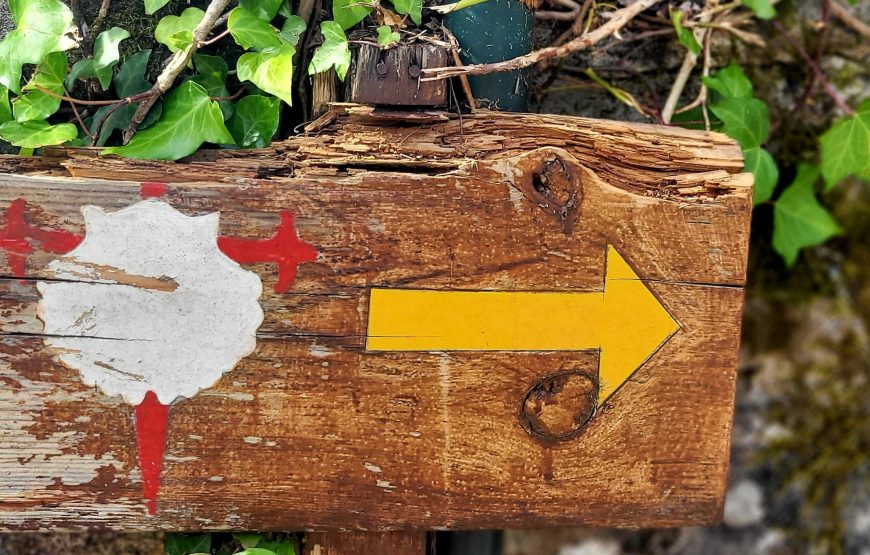
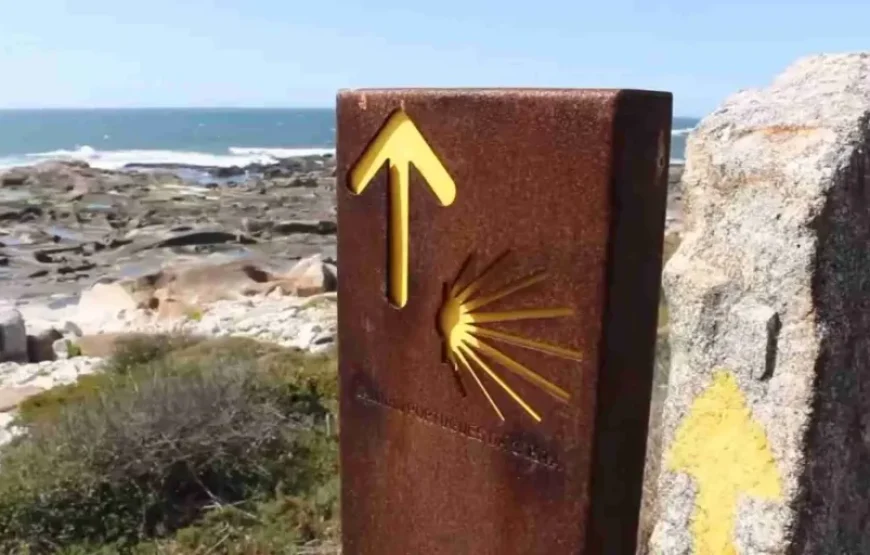
Overview
The Camino del Norte itinerary is one of the most beautiful, attractive, and exciting paths to Santiago de Compostela. The route runs largely between the mountains and the Cantabrian Sea. The views — often fading into the deep blue of the sea — the lush green of the mountains dotted with farms, the tiny villages that seem straight out of a fairytale, the charming fishing towns and cities, the delicious gastronomy, and the warm hospitality of the people all make the Camino del Norte itinerary along this stunning stretch an unforgettable experience for pilgrims.
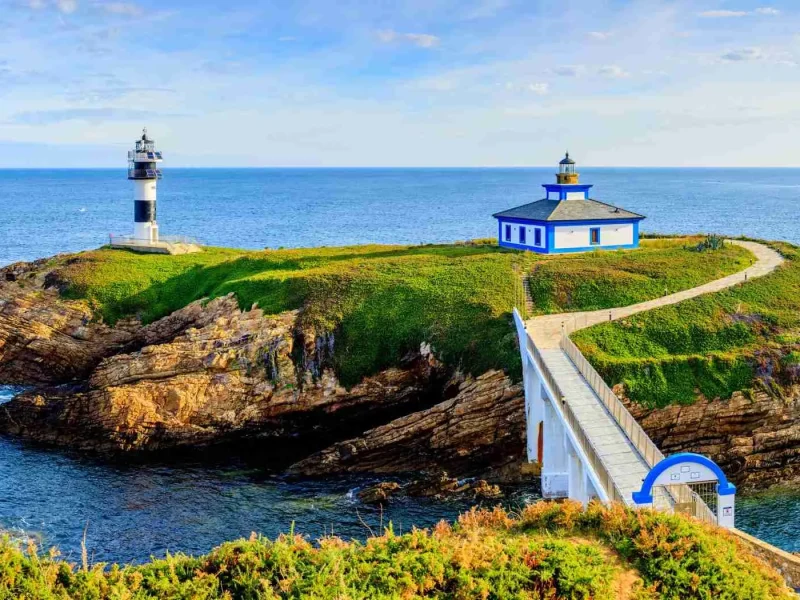
The Camino del Norte itinerary from Gijón to Ribadeo takes you along the final coastal section of the Camino del Norte. On this stretch, the Camino enters the region of Galicia, beginning in Gijón. For 160 km, you’ll have the Cantabrian Sea on your right and the setting sun on the horizon. Discover this spiritual, cultural, and gastronomic walking journey.
The first step in enjoying the Camino del Norte itinerary from Gijón to Ribadeo is to explore this Asturian coastal city. Gijón, or Xixón in Asturian, is well worth a visit for its rich cultural heritage. Be sure not to miss the Cimadevilla district, with its old fish market, the Church of San Pedro Apóstol, the Roman baths, Plaza Mayor, and the town hall.
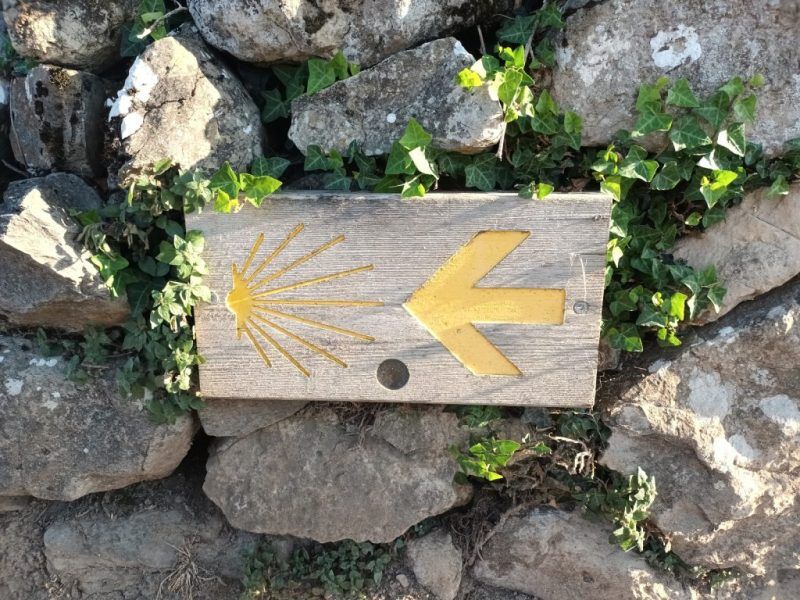
The first walking stage of the Camino del Norte itinerary from Gijón connects two important cities in Asturias, both known for their industrial areas. Still, there are cultural highlights along the way, such as the 5,000-year-old Monte Areo necropolis, with prehistoric dolmens and burial mounds, or the Fonte les Xanes, known for its tales of xanes — fairies from Asturian folklore.
You leave Avilés via Parque del Muelle, heading toward Avenida de Alemania. This is the first climb of the day. From the top, you descend along a gravel path to the tourist hotspot of Salinas, home to one of Asturias’ longest beaches. From there, you continue toward Santiagu’l Monte, passing through the village of La Cruz. Forest paths and small hamlets guide you to El Castiellu/El Castillo, with its beautiful castle, now privately owned.
In Muros, the Camino del Norte itinerary leads you downhill toward the river, which you’ll cross to reach the town itself. Here you’ll find Plaza Marqués de Muros, the Church of Santa María, and the town hall. The day ends in Soutu de Luiña/Soto de Luiña, a small village belonging to Cuideiru/Cudillero, home to the Church of Santa María — once a pilgrim hospital — and the Casa Rectoral, a stately home now serving as a local cultural center.
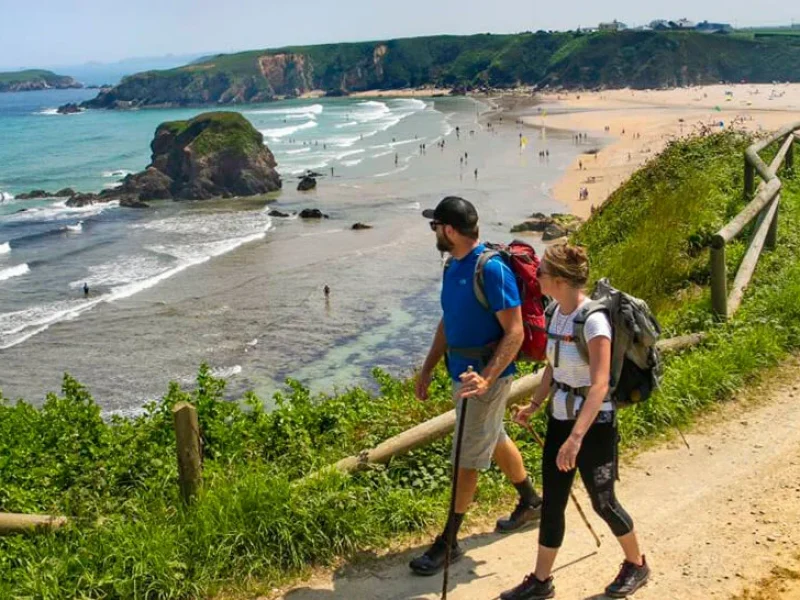
On this stage of the Camino del Norte itinerary, you have two options right from the start: continue along the Camín Real de las Ballotas, which runs parallel to the coast, or cross through the Sierra de Las Palancas mountains. Both routes are worthwhile, although the mountain path is 2 km longer.
This is our favorite stage of this section of the Camino. If you follow the Camín Real, you’ll pass through seven small valleys known as ballotas — or valloutas in Asturian. You’ll enjoy stunning cliffs and beaches as you walk through forests and meadows, ending the stage in Cadavedo.
This stage leaves the coast and follows the N-634 for several kilometers. By starting this section of the Camino del Norte itinerary early from Gijón, you’ll have more time to enjoy Luarca. Along the way, you’ll pass through the villages of Villademoros and Querúas. A scenic trail through oak and chestnut woods leads to a national highway that takes you across the River Esva. Soon after, you’ll reach the beautiful fishing village of Luarca, your stop for the night.
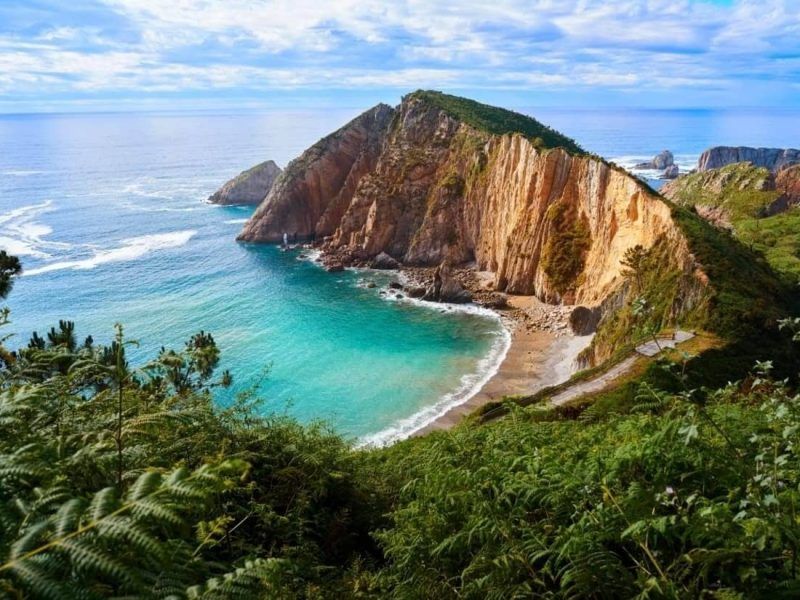
The first village you pass today is Outur/Otur. The initial part of the trail is fairly uneventful but becomes more interesting as you descend toward El Vau/Bao. After reaching Villapedre, you’ll pass the Church of Santiago and cross the River Monte via a wooden bridge. Once you reach the main road, you’ll spot the Church of San Salvador. The stage ends in Navia, where you can admire the mouth of the river and the neo-Gothic Church of Nuestra Señora de la Barca.
You continue along the Camino del Norte itinerary, leaving A Caridá/La Caridad via Avenida de Asturias toward El Franco, passing the Chapel of San Pelayo and the Church of Valdepares. A scenic trail leads to the Porcia River, which you’ll cross to enter the municipality of Tapia — known for hosting a surfing competition during Easter Week. This stage is flat and passes by beautiful coastal spots (Penarronda Beach is a highlight) and dramatic cliffs. Be sure to visit the charming little harbor in the picturesque town of Tapia de Casariego.
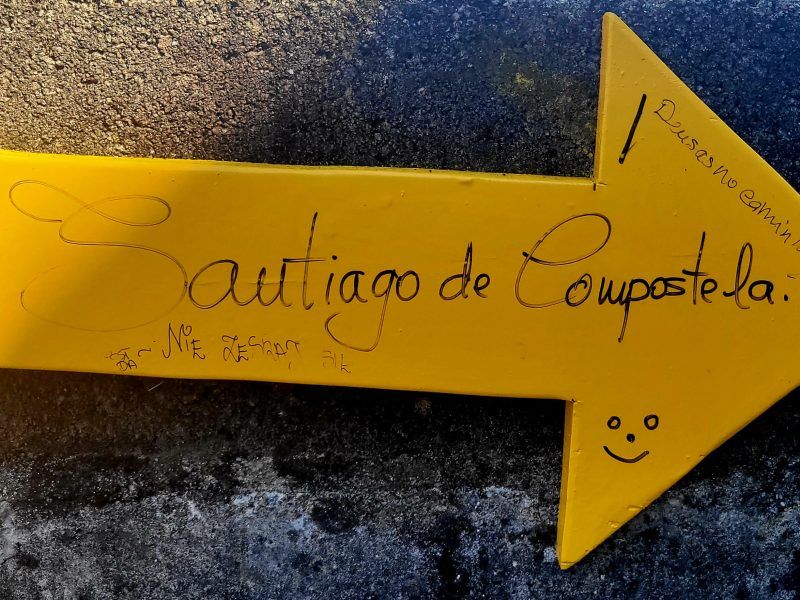
Onward to Ribadeo! This is the final stage of your Camino del Norte itinerary. Nowadays, most pilgrims enter Ribadeo via the Los Santos bridge. In the historic center of Ribadeo, you’ll find fascinating architecture — in fact, the city was added to Spain’s cultural heritage list in 2004.
This marks the end of your Camino del Norte itinerary. Or would you like to continue the Camino del Norte to Santiago? Maybe you’d like to stay an extra day in Ribadeo? Ask us about the options.
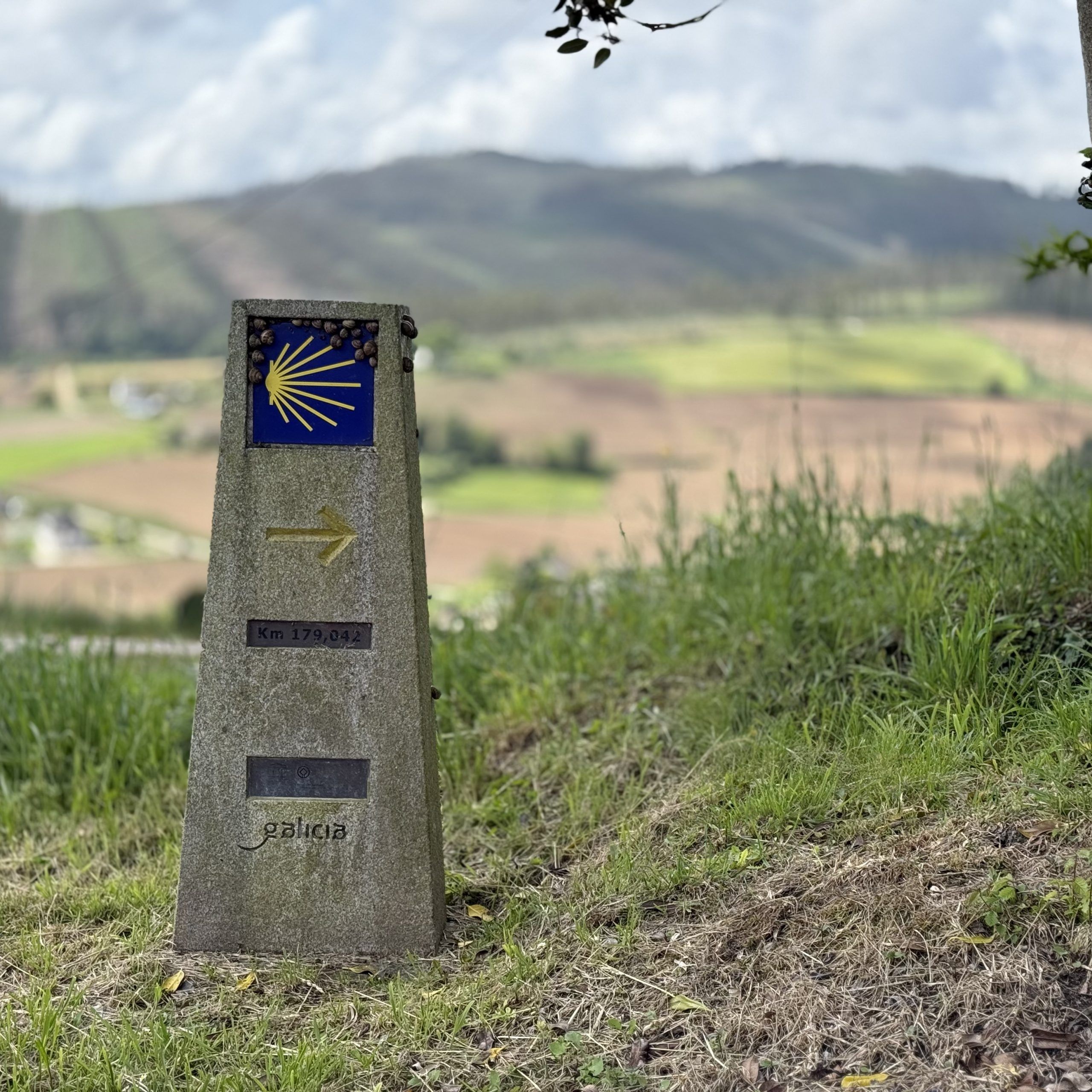
The first step in enjoying the Camino del Norte itinerary from Gijón to Ribadeo is to explore this Asturian coastal city. Gijón, or Xixón in Asturian, is well worth a visit for its rich cultural heritage. Be sure not to miss the Cimadevilla district, with its old fish market, the Church of San Pedro Apóstol, the Roman baths, Plaza Mayor, and the town hall.
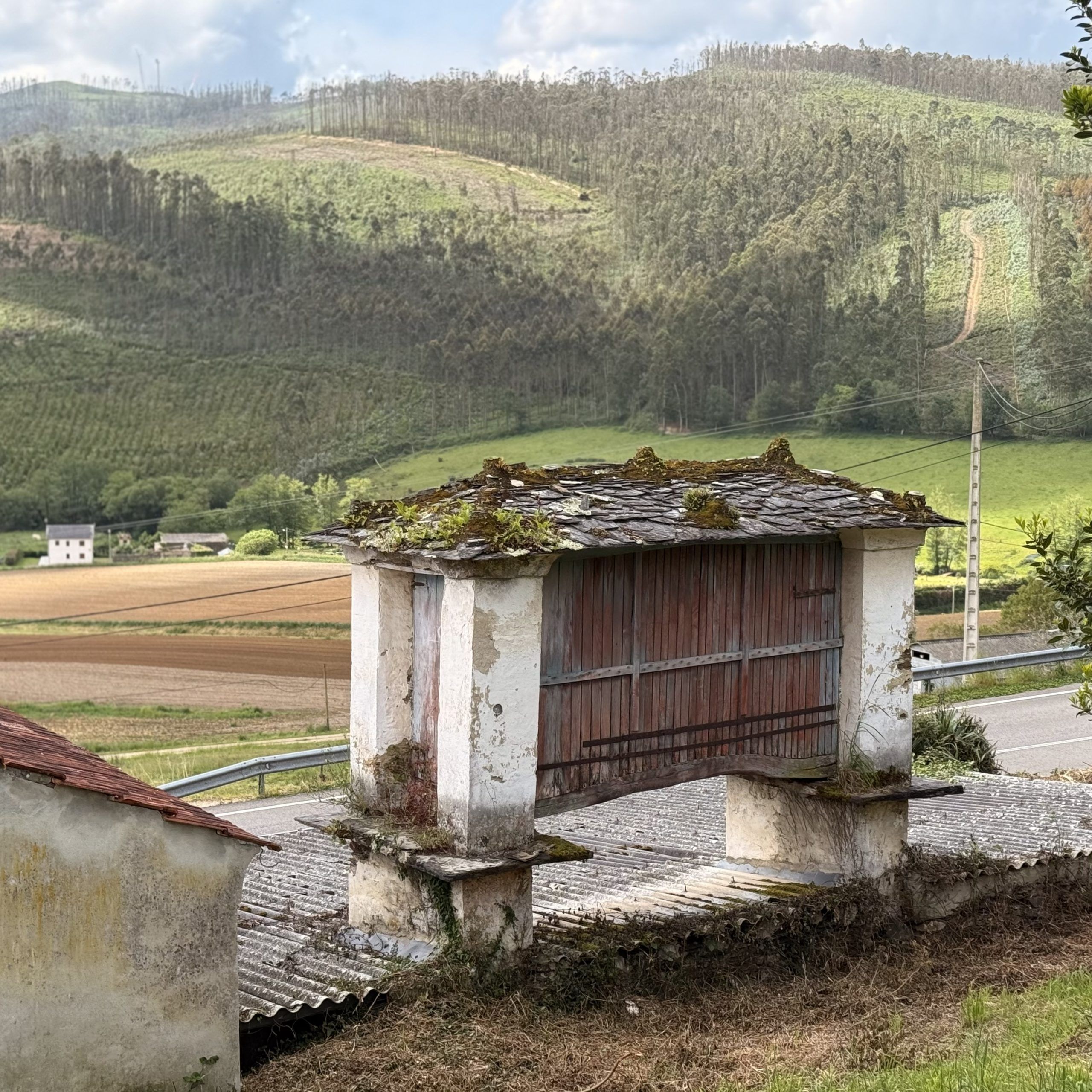
The first walking stage of the Camino del Norte itinerary from Gijón connects two important cities in Asturias, both known for their industrial areas. Still, there are cultural highlights along the way, such as the 5,000-year-old Monte Areo necropolis, with prehistoric dolmens and burial mounds, or the Fonte les Xanes, known for its tales of xanes — fairies from Asturian folklore.
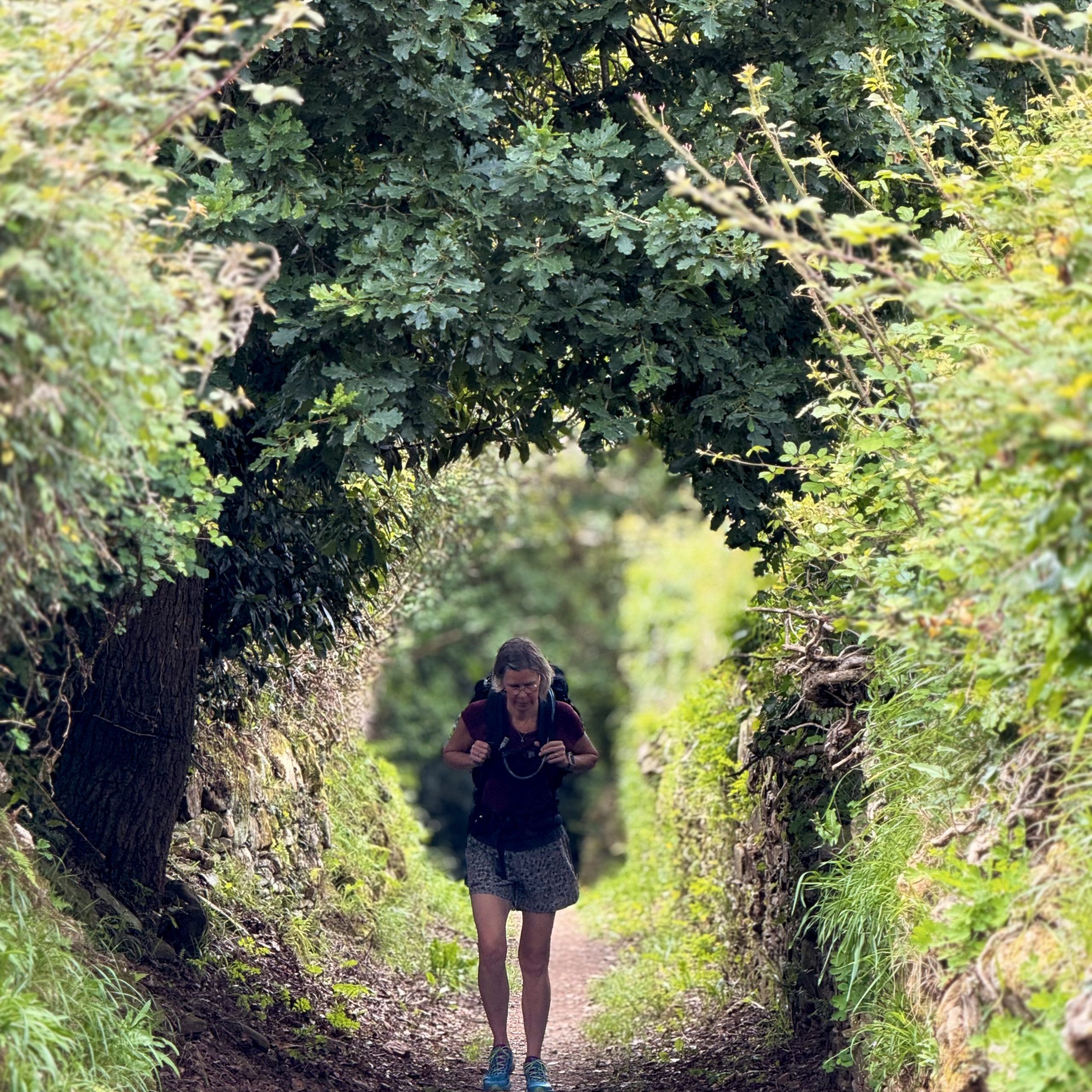
You leave Avilés via Parque del Muelle, heading toward Avenida de Alemania. This is the first climb of the day. From the top, you descend along a gravel path to the tourist hotspot of Salinas, home to one of Asturias' longest beaches. From there, you continue toward Santiagu’l Monte, passing through the village of La Cruz. Forest paths and small hamlets guide you to El Castiellu/El Castillo, with its beautiful castle, now privately owned.
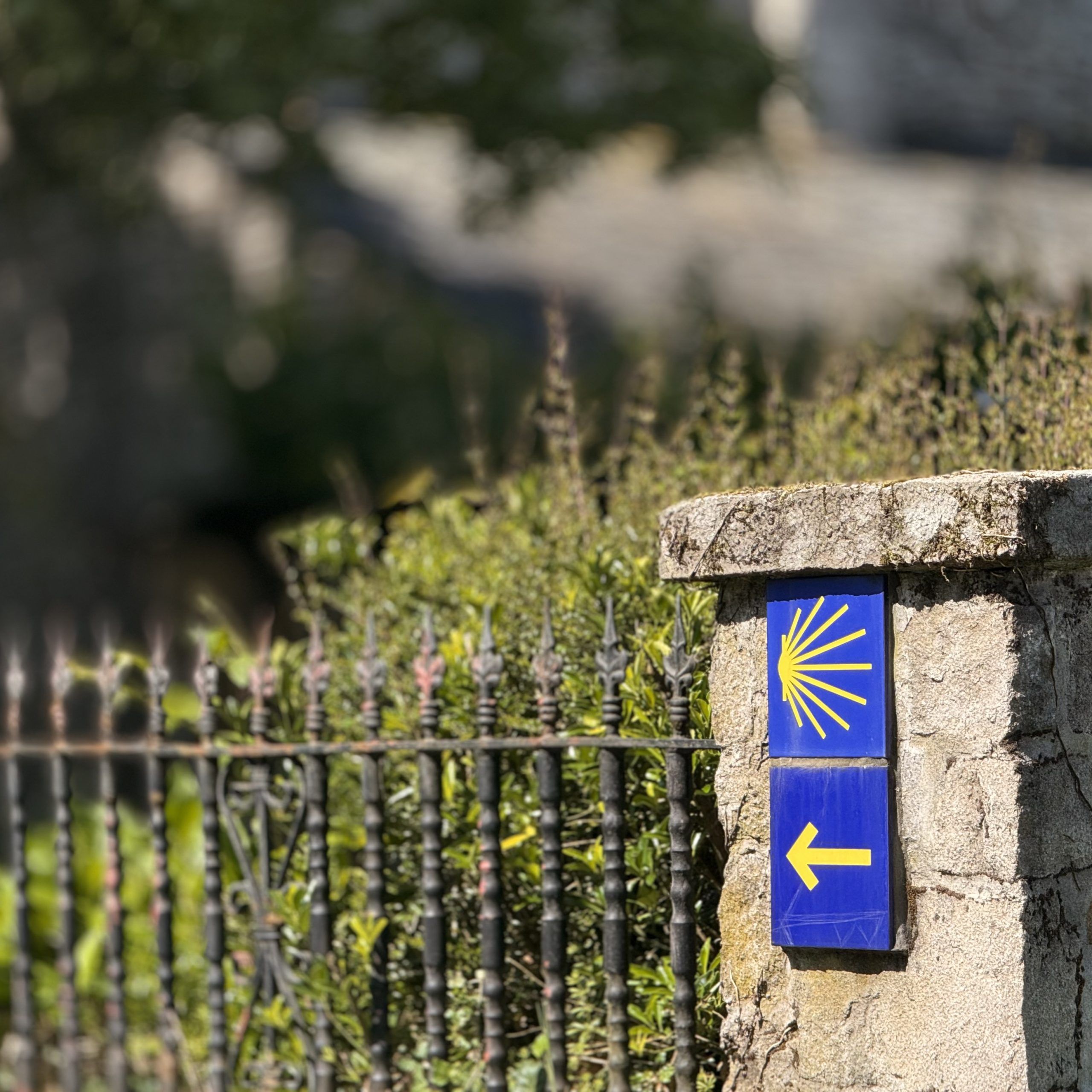
In Muros, the Camino del Norte itinerary leads you downhill toward the river, which you’ll cross to reach the town itself. Here you’ll find Plaza Marqués de Muros, the Church of Santa María, and the town hall. The day ends in Soutu de Luiña/Soto de Luiña, a small village belonging to Cuideiru/Cudillero, home to the Church of Santa María — once a pilgrim hospital — and the Casa Rectoral, a stately home now serving as a local cultural center.
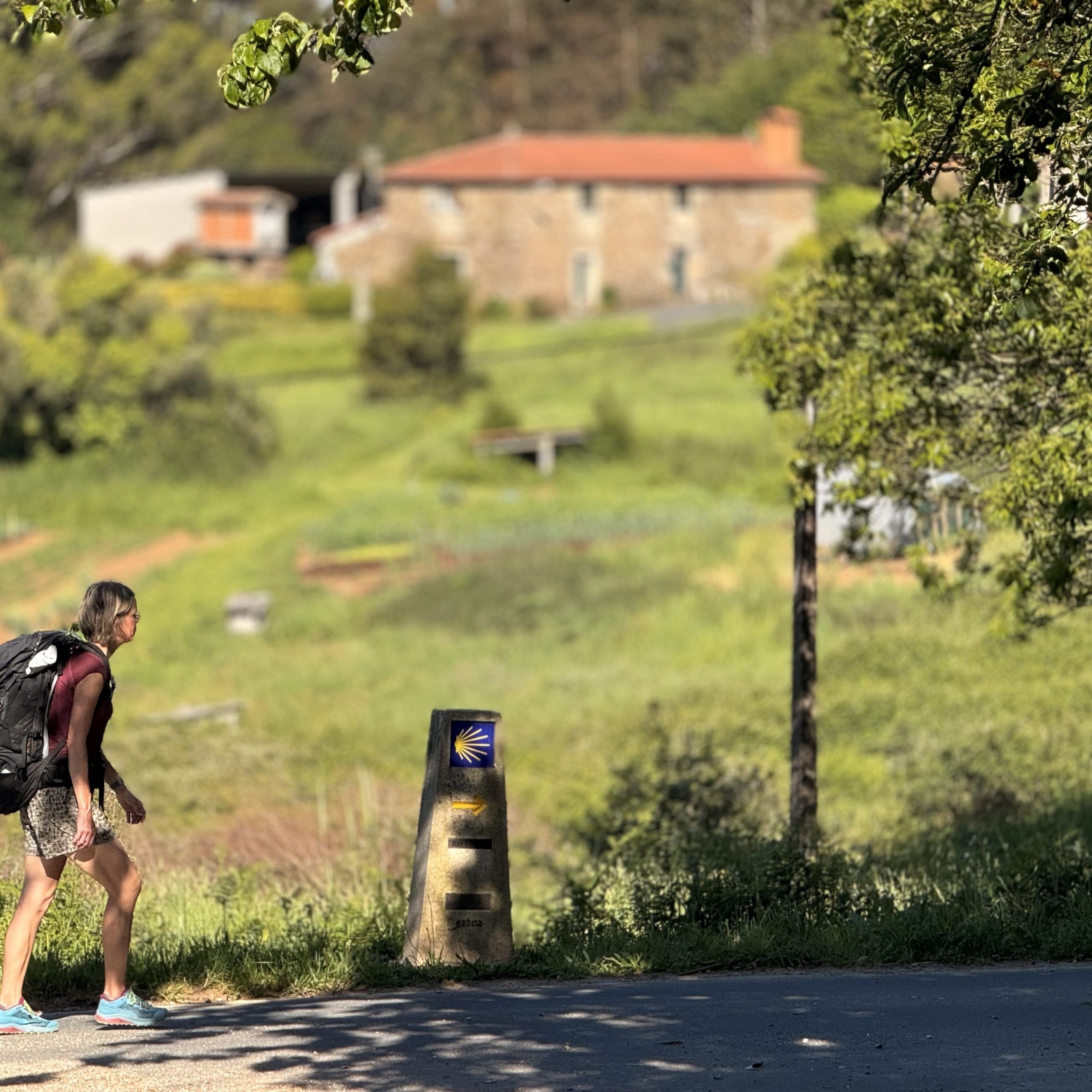
On this stage of the Camino del Norte itinerary, you have two options right from the start: continue along the Camín Real de las Ballotas, which runs parallel to the coast, or cross through the Sierra de Las Palancas mountains. Both routes are worthwhile, although the mountain path is 2 km longer.
This is our favorite stage of this section of the Camino. If you follow the Camín Real, you’ll pass through seven small valleys known as ballotas — or valloutas in Asturian. You’ll enjoy stunning cliffs and beaches as you walk through forests and meadows, ending the stage in Cadavedo.
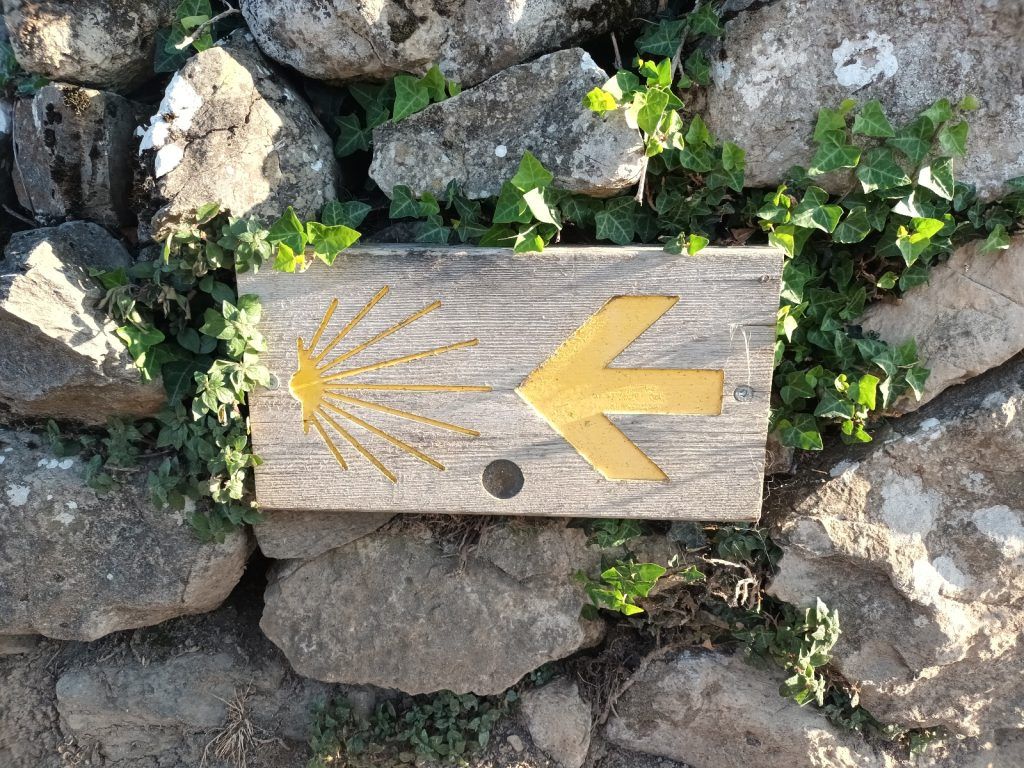
This stage leaves the coast and follows the N-634 for several kilometers. By starting this section of the Camino del Norte itinerary early from Gijón, you’ll have more time to enjoy Luarca. Along the way, you’ll pass through the villages of Villademoros and Querúas. A scenic trail through oak and chestnut woods leads to a national highway that takes you across the River Esva. Soon after, you’ll reach the beautiful fishing village of Luarca, your stop for the night.
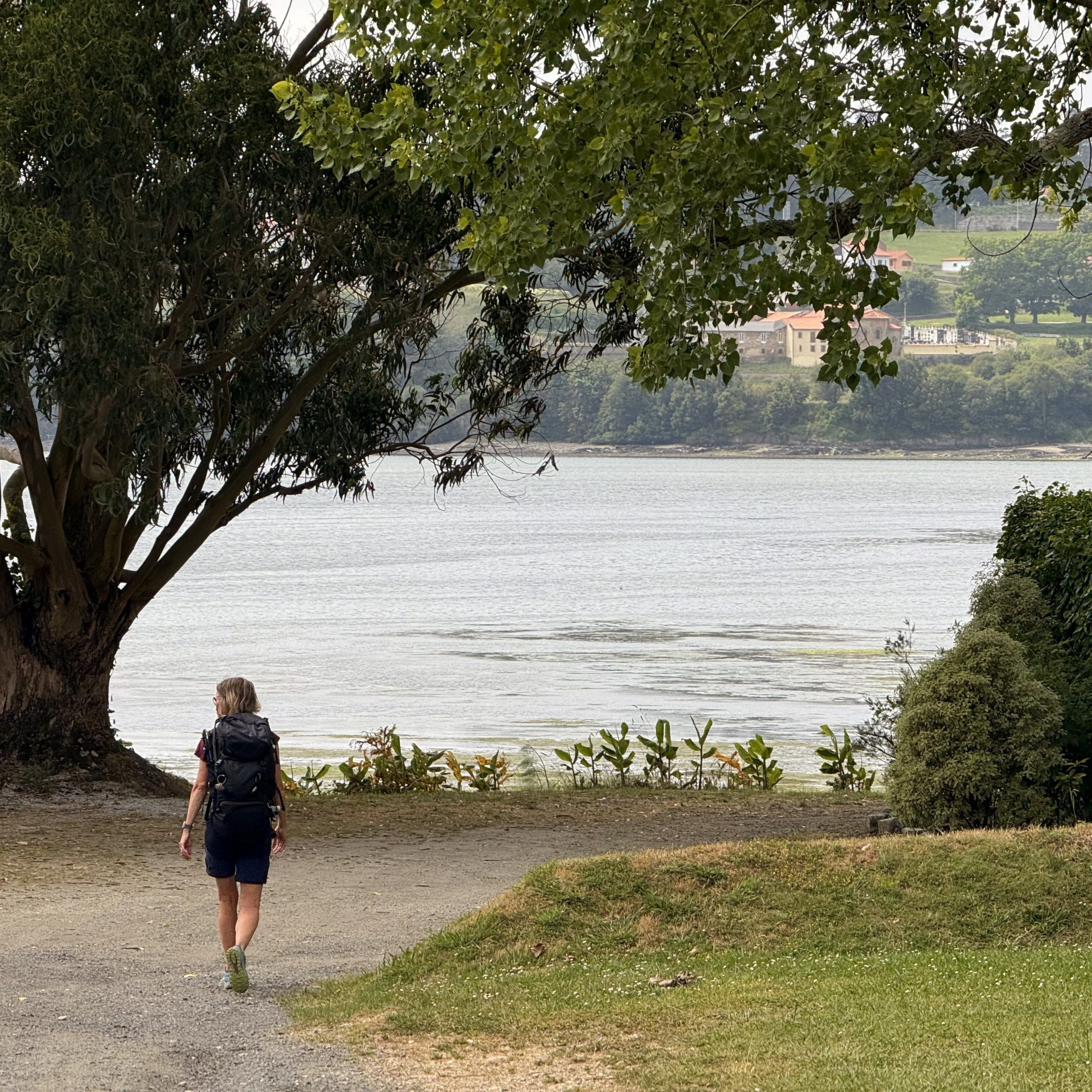
The first village you pass today is Outur/Otur. The initial part of the trail is fairly uneventful but becomes more interesting as you descend toward El Vau/Bao. After reaching Villapedre, you’ll pass the Church of Santiago and cross the River Monte via a wooden bridge. Once you reach the main road, you’ll spot the Church of San Salvador. The stage ends in Navia, where you can admire the mouth of the river and the neo-Gothic Church of Nuestra Señora de la Barca.
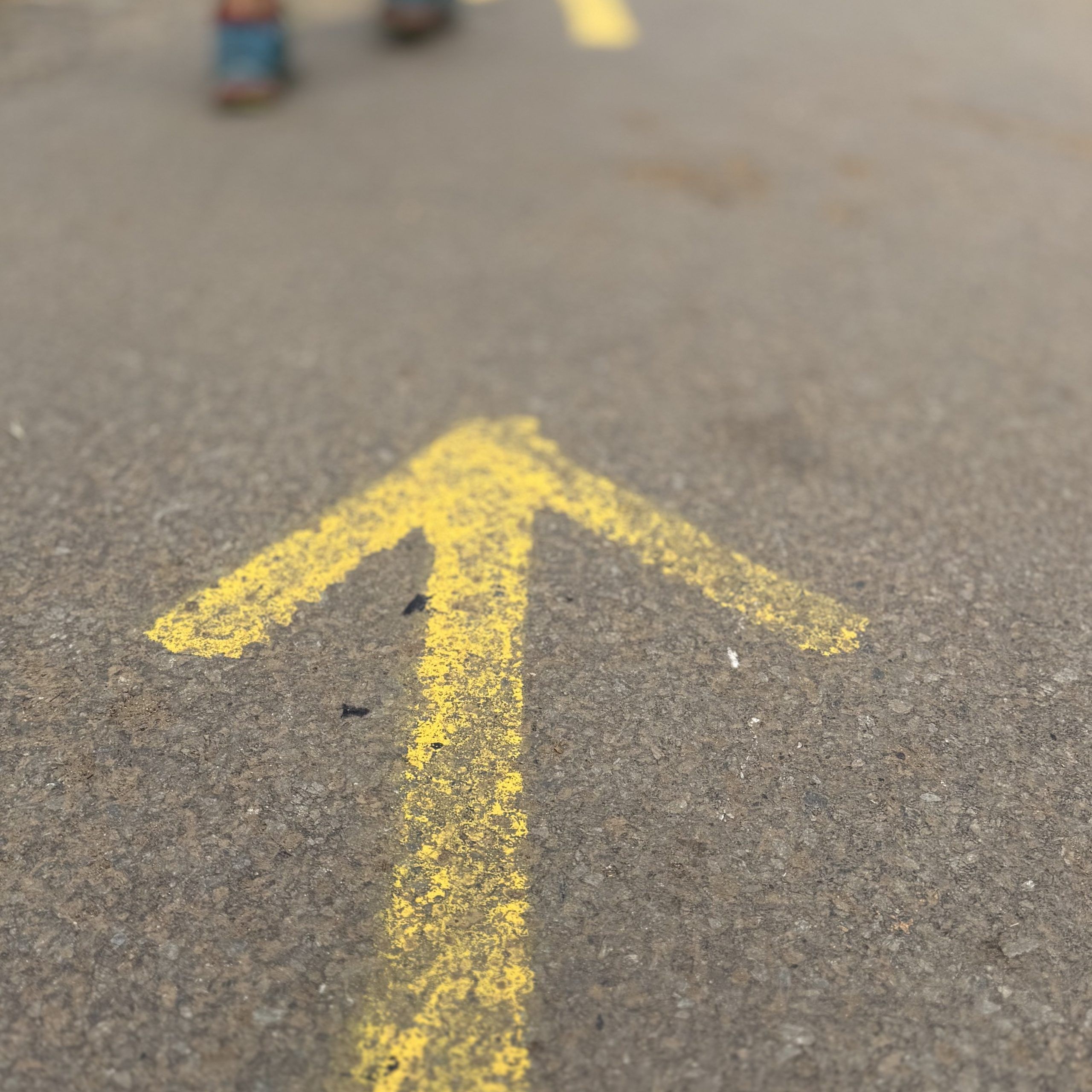
You continue along the Camino del Norte itinerary, leaving A Caridá/La Caridad via Avenida de Asturias toward El Franco, passing the Chapel of San Pelayo and the Church of Valdepares. A scenic trail leads to the Porcia River, which you’ll cross to enter the municipality of Tapia — known for hosting a surfing competition during Easter Week. This stage is flat and passes by beautiful coastal spots (Penarronda Beach is a highlight) and dramatic cliffs. Be sure to visit the charming little harbor in the picturesque town of Tapia de Casariego.
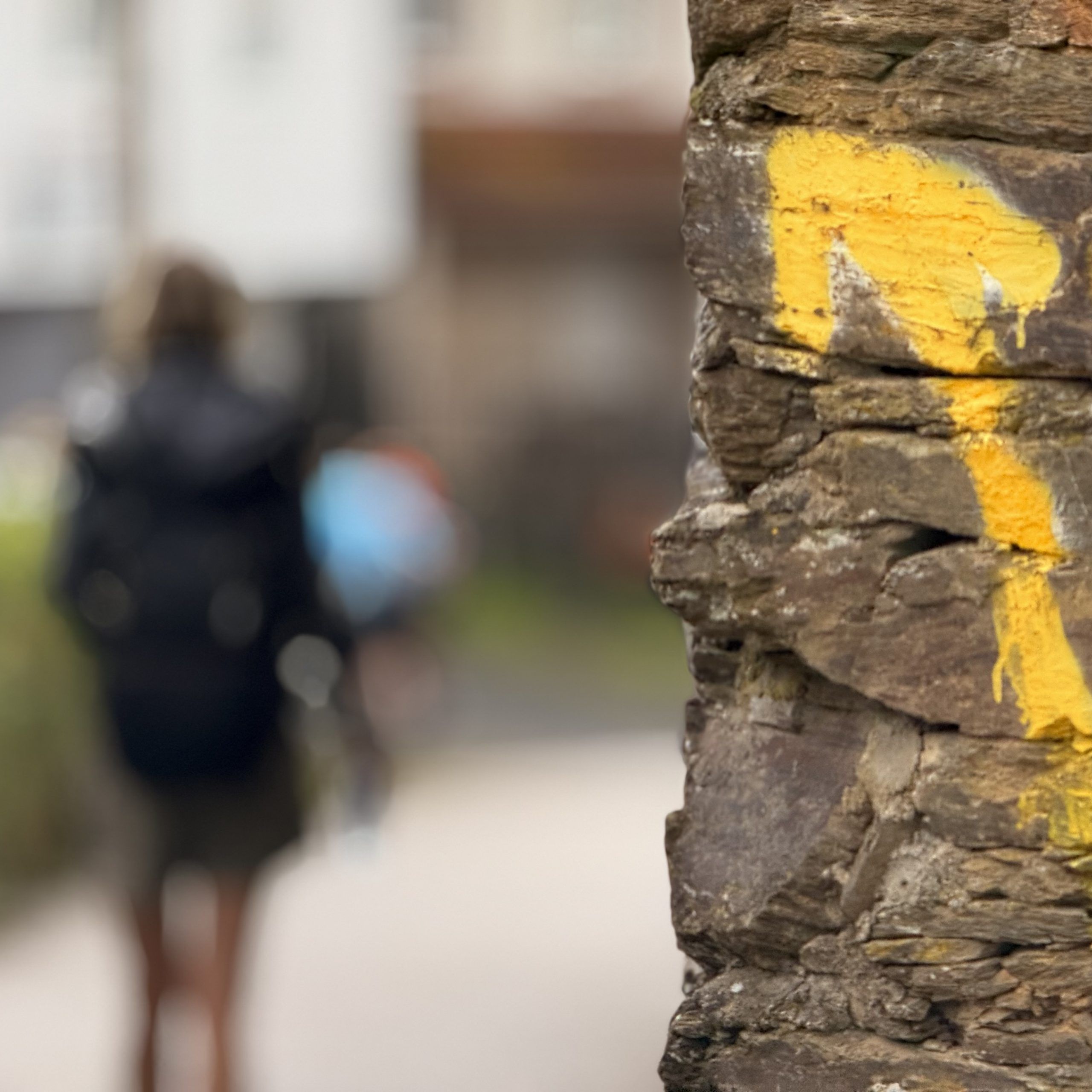
Onward to Ribadeo! This is the final stage of your Camino del Norte itinerary. Nowadays, most pilgrims enter Ribadeo via the Los Santos bridge. In the historic center of Ribadeo, you'll find fascinating architecture — in fact, the city was added to Spain's cultural heritage list in 2004.
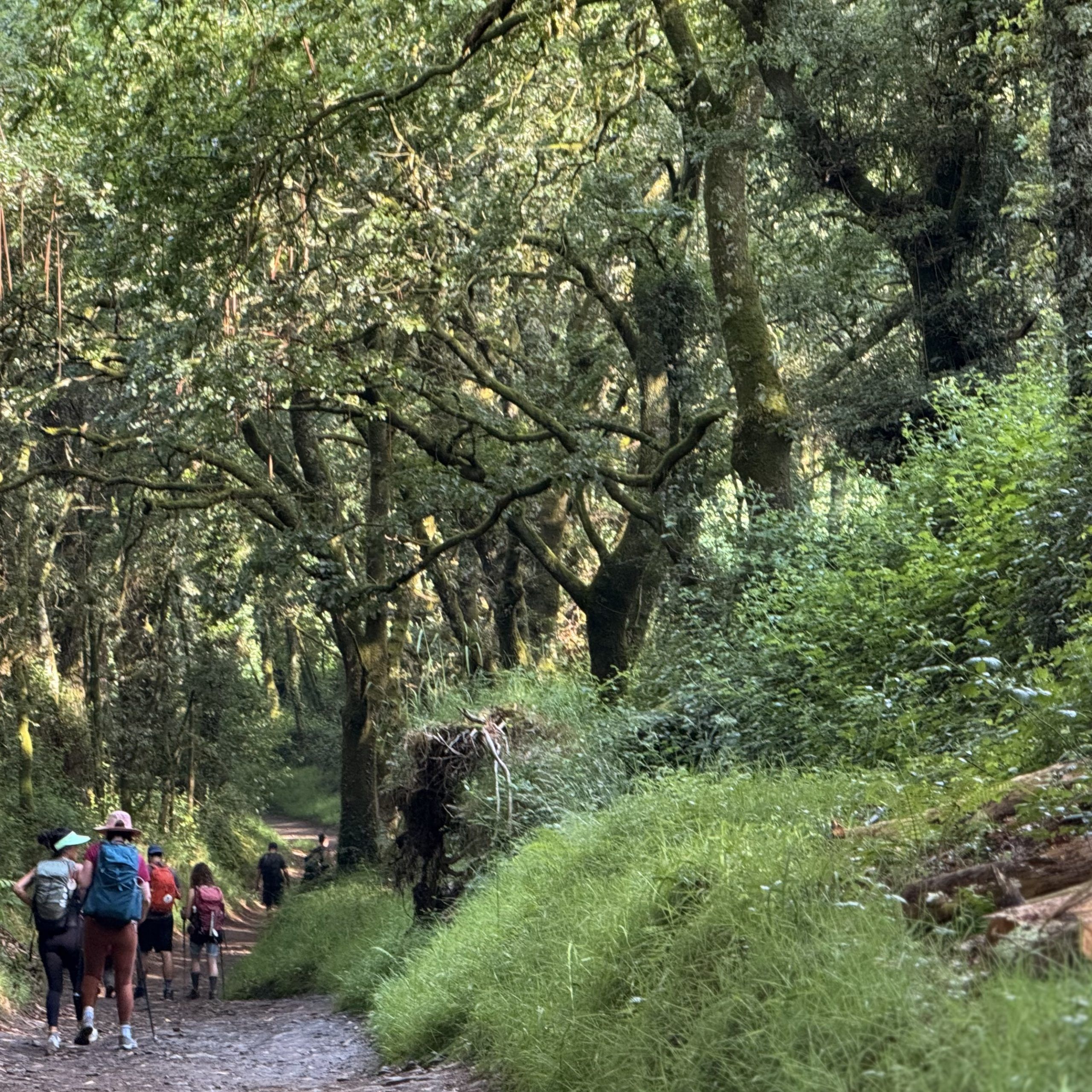
This marks the end of your Camino del Norte itinerary. Or would you like to continue the Camino del Norte to Santiago? Maybe you’d like to stay an extra day in Ribadeo? Ask us about the options.
This stretch of the Camino del Norte from Gijón to Ribadeo is moderately challenging. You’ll walk 156 km over 7 stages, mostly on coastal paths, forest tracks, and village roads. Some stages involve elevation and rugged terrain, but there are also flat, easier sections.
Yes! Your main luggage will be transported from accommodation to accommodation, so you only need to carry a daypack while hiking.
You’ll stay in a mix of comfortable guesthouses, boutique hotels, and rural fincas or casa rurales. All are chosen for their quality and local charm and are located close to the Camino.
Breakfast is included daily. For lunch and dinner, you can enjoy meals at local restaurants or cafés along the route.
The Camino del Norte is generally well-marked with yellow arrows and scallop shell symbols. In some areas, especially near towns or road crossings, signs can be less frequent.
The best months to hike this section of the Camino del Norte are from May to October, when the weather is generally mild, the days are longer, and services along the route are fully open.
Good hiking shoes, a daypack, sun protection, refillable water bottles, and layers for changing weather. Hiking poles are optional but helpful.
To get to Gijón, the best option is to fly to Asturias Airport. From there, you can take a bus to Gijón, which takes only about 20 minutes. After the hike, you can return to Asturias Airport by bus from Ribadeo. Alternatively, you can take a bus to Santiago de Compostela and fly home from there. Please note that these transfers are not included in the trip.
Expect to walk an average of 19 km (12 miles) per day. The shortest day is 12 km (7.5 miles), and the longest is around 25 km (15.5 miles). The terrain varies from rolling hills and shaded forest paths to occasional paved village roads.
Although the Camino is accessible to everyone, prior experience and good physical fitness are recommended.
You can contact us 24/7 and we will assist you with advice and support in case of accidents, unforeseen events, or emergencies.
Yes! If you have more time, you could walk the 10-day stretch from Santander to Gijón before continuing on this route.
Leave a review